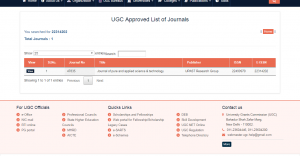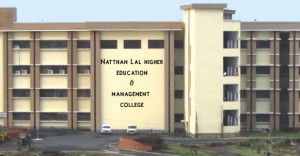Effects of low Amperage Current on the Protein Pattern of Potential Pathogen
Tuhiram Dixit1,*, Dr. Mukta Sharma2 and Mayur Sharma3 1,*Technologist, Asian Institute of Medical Sciences, Faridabad, Haryana, India. 2Department of Microbiology, S.B.B. Dental College and Research Centre, Ghaziabad, U.P., India. 3Department of Microbiology, S.B.S.P.G.I., Dehradun, India.
Electrical current is known for bactericidal activity by influencing the inhibition of biological processes of organism at the cellular level. Electrical current has been reported to alleviate pain, probably by altering endorphin concentration, and speed up wound healing by increasing cell proliferation. Infection is a major clinical complication associated with the use of central venous catheters (CVCs). Treatment of these infections by antibiotics is relatively expensive. Not always successful and frequency necessitates catheter removal. Bacteria attached to device such as biofilms are quite typical, resistant both to antimicrobial agent and to host defense. Despite the fact that endogenous bacteria are beneficial to the host in their natural habitat (e.g. prevent the overgrowth of opportunistic pathogens and colonization by antibiotic resistant bacteria), many of these micro-organism are potentially pathogenic.
Keywords: Inhibition, Endorphin Concentration, Cell Proliferation, Central Venous Catheters (CVCs), Antimicrobial Agent, Endogenous Bacteria.





